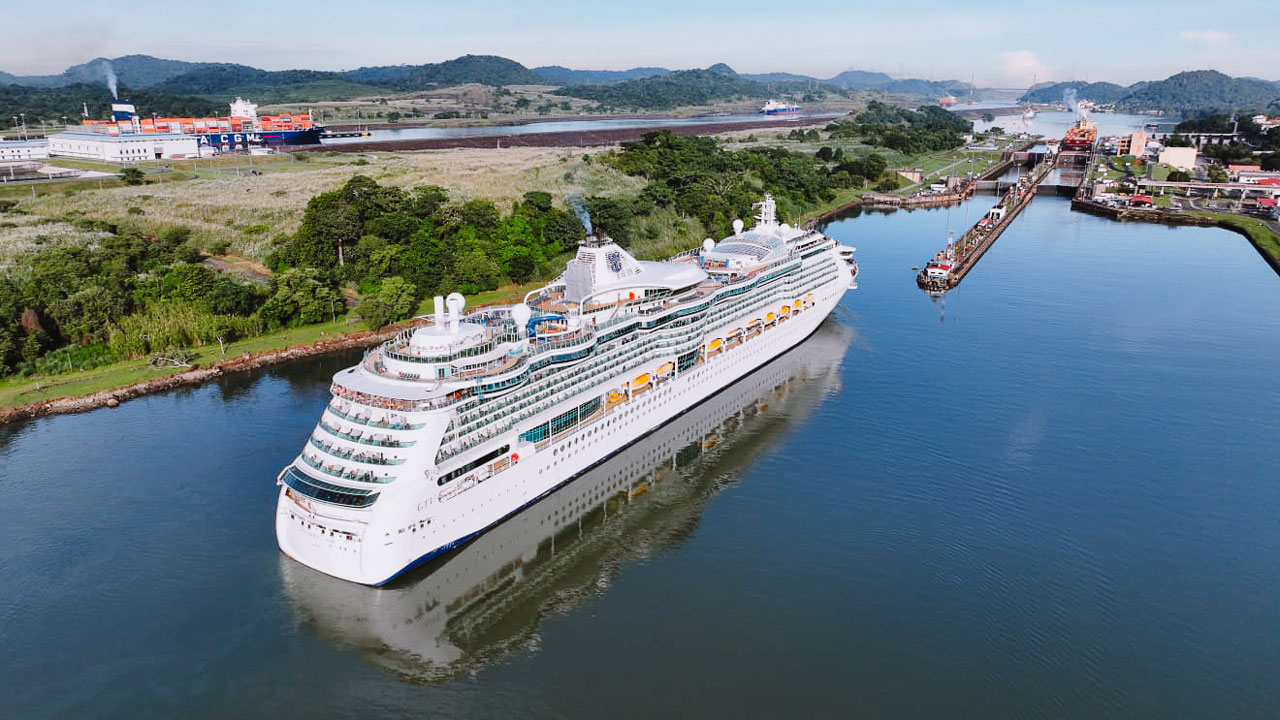Panama City, Panama, April 4 – Eighty-nine years ago, the Panama Canal began operation with the most sophisticated electrical system in the world. This system was so advanced and groundbreaking that it was largely credited with beginning the shift of many industries from steam and waterpower – then in common use – to electric power. Today, the Institute of Electrical and Electronics Engineers Inc. (IEEE), a non-profit, technical professional association with members in 150 countries worldwide, honored the Canal’s pioneering system with its coveted Milestone Award, which recognizes significant achievement in the history of electrical and electronic engineering.
In an official ceremony at the Panama Canal this morning, executives from IEEE commemorated the award by presenting a plaque to the Administrator of the Panama Canal Authority, Alberto Alemán Zubieta. A dinner and reception will follow.
“In 1914, the Canal opened with an electrical system that represented the best engineering in the world. Remarkably, after eighty-nine years of uninterrupted service, that system is still operating as well and efficiently as day one. Many argue that it is the singular most important reason for the Canal’s success – and it is hard to disagree,” said Canal Administrator, Alberto Alemán Zubieta.
The Canal’s breakthrough electrical equipment included 1,022 electrical motors with an installed capacity of 28,290 horsepower – considered a radical innovation since steam and waterpower were standard at the time. Reliability and safety were also engineered into the electrical control system, enabling remote lock operation from a central location.
The Canal’s electrical installations were also used to power its construction. Electric power was chosen because it was considered the most dependable and economical form of power for the operation of the construction plants to build the locks. Renowned electrical engineer Edward Schildhauer designed each 20-foot diameter gate with an electric motor operating mechanism. Lock operations require more than 1,000 electric motors.
The power required for the operation of the two construction plants, one located at Gatun and the other at Miraflores, was generated on site. Each plant was fitted with three Curtis steam turbines, 1.5 MW each that operated at 2,200 volts, 25 cycles, and were connected through a 44 kV double circuit electric line that crossed the Isthmus.
After its opening in August of 1914, the new Gatun Hydroelectric Plant provided the electric power required for the operation of the Canal. The construction plant and its steam turbines located at Gatun were shut down; the one at Miraflores was kept as a backup source of power in case of transmission problems.
“So many have given so much for the Canal – We are deeply honored to receive this award. We at the ACP will continue to foster the innovative engineering that is a trademark of all those involved with the Canal’s great history,” Alemán Zubieta concluded.
IEEE is a leading authority in numerous technical fields ranging from computer engineering, biomedical technology and telecommunications, to aerospace, along with electrical power.
About the Panama Canal Authority
The Panama Canal Authority is the autonomous agency of the Government of Panama in charge of managing, operating, and maintaining the Panama Canal. The operation of the Panama Canal Authority is based on its organic law and the regulations approved by its Board of Directors. For more information, please refer to the web site: www.pancanal.com.




